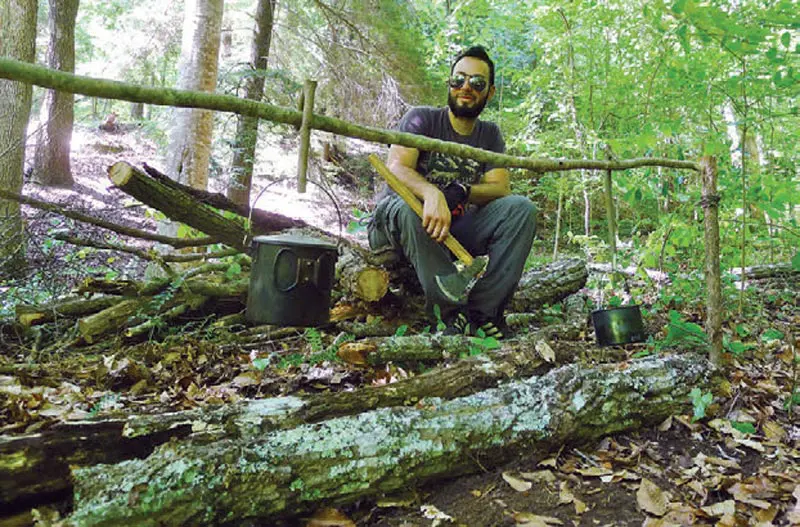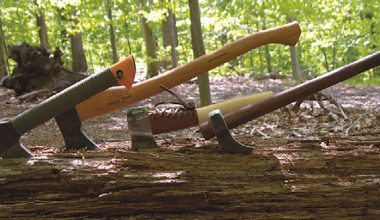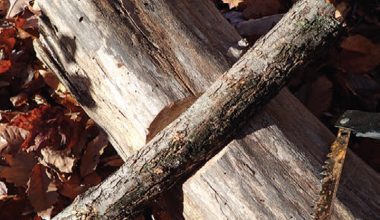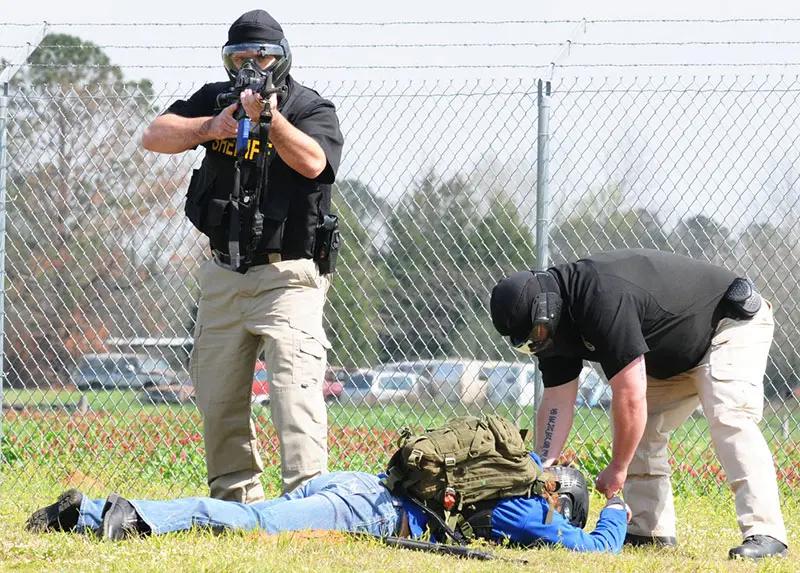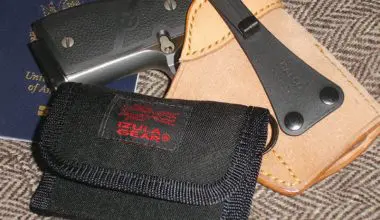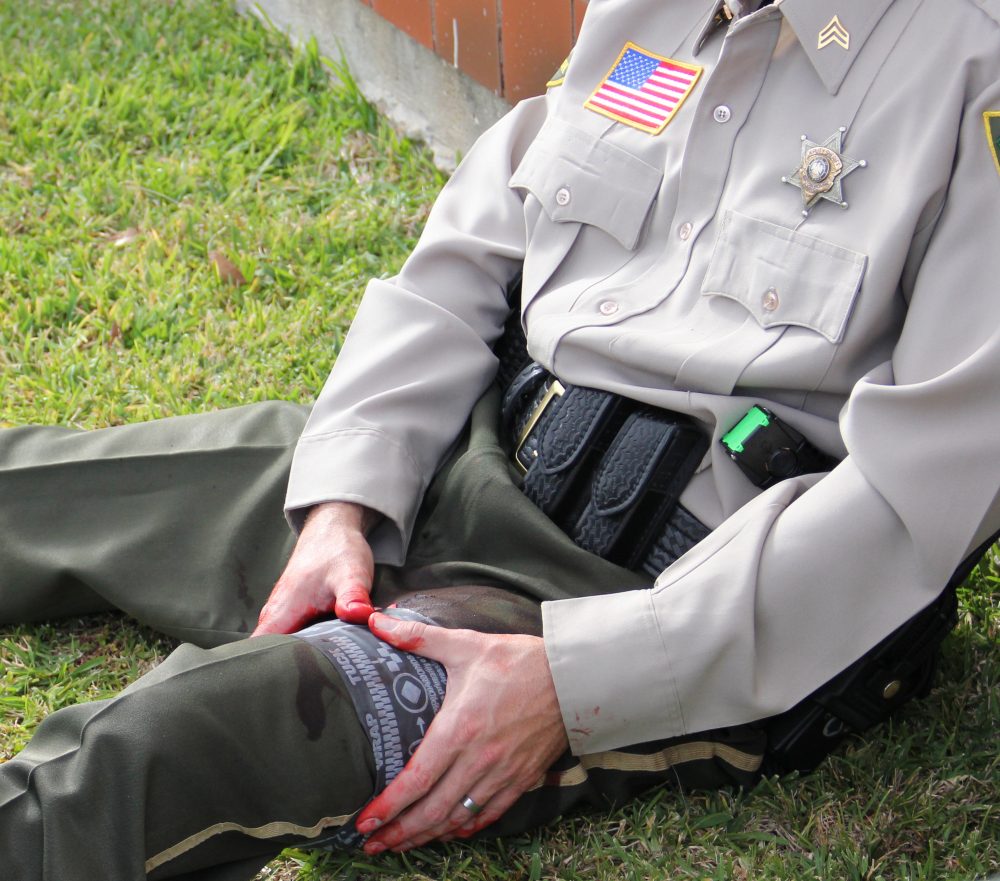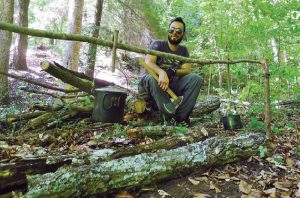
MY first memory is of being pulled by my arm through deep snow by my grandfather. I remember clearly, I was scared but he wasn’t. We were just out for a hike from our base camp in Big Bear, California. This started my lifelong relationship with the forest. I was four years old.
This was the first of many outdoor trips over the course of 25 years with my grandfather to the “big mountains,” as we called them. During this time, there weren’t as many established car camps. He would just find a dirt road in his International pick-up truck and set camp in a remote area. He had a list of 81 things he needed for us to have a successful camp. We had a big canvas tent, cast-iron cookware, hatchet, saw, kitchen knives, ice chest, canned goods, ammo, extra this, double that, and about 70 other necessities.
But when we left camp for our hikes into mountain lion and bear country, only a rifle, pocketknife, first-aid kit, binoculars, slingshot, and canteens made their way with us into the forest. Years later, when I began to acquire my own outdoor equipment, I remembered the list of 81 things my grandfather used, and decided I would go in the opposite direction with my gear selection.
Table of Contents
CLASSIC RUSTIC CAMPING
The writings of Horace Kephart, Daniel Beard and George W. Sears had the biggest influence on me. I consider these men some of the greatest forefathers of rustic camping. This style of camp living includes various fire-lays, crafting cooking implements, rigging up openface shelters, and using open fires for warmth and cooking. Using minimal yet effective tools like the axe and knife is all regarded as woodcraft. Horace Kephart put it best in his masterful book Camping and Woodcraft:
“Woodcraft may be defined as the art of finding one’s way in the wilderness and getting along well by utilizing Nature’s storehouse.”
The woodcraft way is not a list of hard and fast rules, but more a set of woods-worthy principles regarding our choice of gear and techniques.
THE 4 Ws
Selecting a place to camp is a woodsman’s skill. When we visit an established camp or car camp, all the thinking has been done for us. When setting out on an outdoors trip off the beaten path, we must consider more seriously what we are looking for in a camp.
Water
An old woodsman said that all man needs to survive in the wilderness are water and tools. Quite a big statement, as it doesn’t quite encompass all the skills needed to wield tools, select qualities of wood, understand weather, make proper fires, cook over coals, and treat water to make it safe to drink. But it is true. Water is the most important element in wilderness living for obvious reasons. Being relatively close to a creek, river, stream, or brook is a must in a woodsman’s camp.
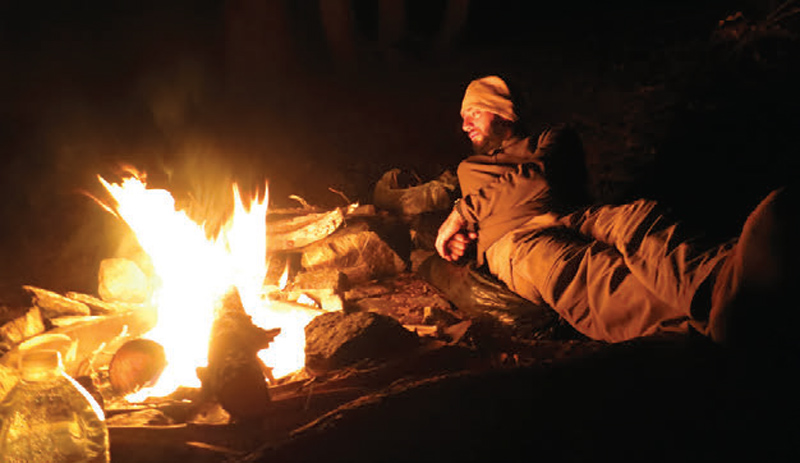
Wood
In a rustic Indian camp, all cooking over coals or fire requires wood, so it is important to choose a campsite with a ready supply of wood that doesn’t require traveling too far to procure. One must also consider the type of wood, but often we are at the mercy of our surroundings and must make do with whatever materials are available—that is true woodcraft!
Wind
Of the four Ws, wind is the hardest to consider when selecting a campsite. Generally, wind travels up the canyon in the day and down the canyon at night. This is great information if you are camping in a canyon, but other terrain leaves much more up to Mother Nature than we think.
Obviously, if we are sleeping in front of an open fire, we set up our camp with the fire parallel to the wind in order to avoid the eddying effect of the smoke.
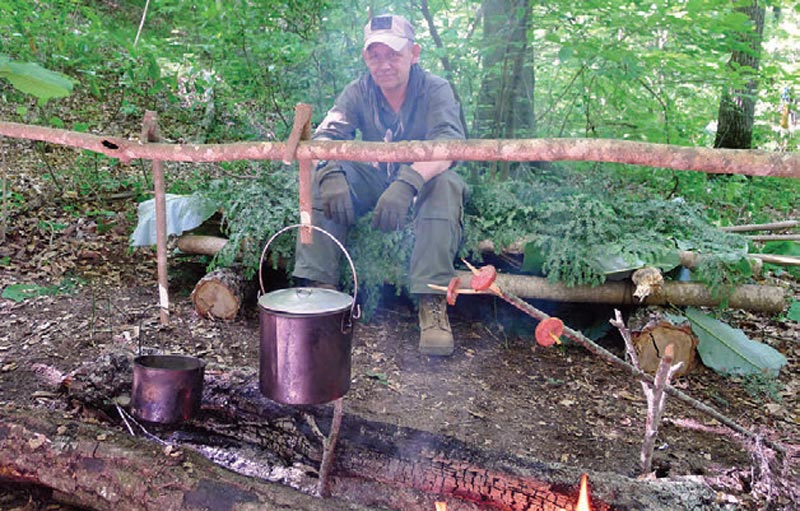
Widow Makers
Most campers are content with finding a campsite that meets three of the four Ws, but neglecting this one can be a matter of life and death. A widow maker is a dead tree or large branch that has the potential of falling down on our camp from wind or decomposition. So look up!
FIRECRAFT
“One glance at a camper’s fire tells what kind of a woodsman he is.”—Horace Kephart, Camping and Woodcraft
There is much truth to this adage. Horace Kephart explains that if a man wants to be comfortable in the woods, he must learn how to produce at will a quick, hot fire that will boil water in a jiffy, will soon burn down to embers for frying or a solid bed of coals that will keep up a steady glowing smokeless heat for baking, roasting, or slow boiling.
One must also be able to make a big log fire that will throw its heat forward on the ground and into a lean-to, and will last several hours without replenishing.
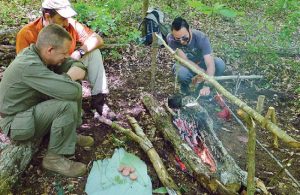
George Washington Sears, who wrote under the pen name Nessmuk, often wrote of the cheerful light and warmth of a campfire. I feel that Daniel Beard said it best in The Book of Camp- Lore and Woodcraft: “There is no use talking about it, there is no use arguing about it, there is witchcraft in the smell of the open fire, and all the mysteries and magic of the Arabian Nights dwell in the odor of frying bacon.”
I am from the school of thought that a campfire and cooking set-up are the heart of a happy, successful camp. The following is my most used woodcraft fire set-up for both cooking and warmth. Nessmuk considered this type of cooking set-up a Cooking Range, while Horace Kephart called it a Hunter’s Fire. Kephart noted that this type of fire first affords a cooking fire with proper supports for utensils, and later a good long-fire for the night.
I like to use this style of long-fire that is five to six feet long using logs about eight inches thick. I place the logs parallel to the wind with two ends nearly touching and the other end open (V shaped) to catch the natural draft that will supply air for the fire. The logs can support cooking utensils and cookware, as well as be used as a cutting board.
Next I procure a green wrist-thick sapling or branch that has a natural Y joint about six feet long. I cut it in half and end up with a Y joint and a straight, flat top piece, each about three feet long. I stick these pieces at the ends of my bed-logs. I sharpen the ends to a blunt point for hammering into the ground but use the straight piece without the Y joint for my initial hammering in order to get the hole started. Once I make a decent hole in the ground with the straight piece, I remove it and place the Y joint in its place.
At the other end of the logs, I then hammer the flat piece into the ground, then take my knife and lightly baton the flat top to create a small split that must be parallel to the Y joint at the other end. Next, I find a long, straight green pole about broomstick thickness to lie across the Y joint and into the split.
Daniel Beard called this green support pole a waugan stick. One end of the waugan stick rests in the crotch of the Y joint while the other end is carved to a flat-head screwdriver shape and wedged into the split.
Cordage lashing can be added right under the split to prevent further splitting down the length. This method takes less work than finding and possibly wasting more green wood than needed to procure the second Y joint. Whether you call it a Hunter’s Fire or a Cooking Range, it isn’t complete without cooking fixtures. We’ll cover those in the next issue.
